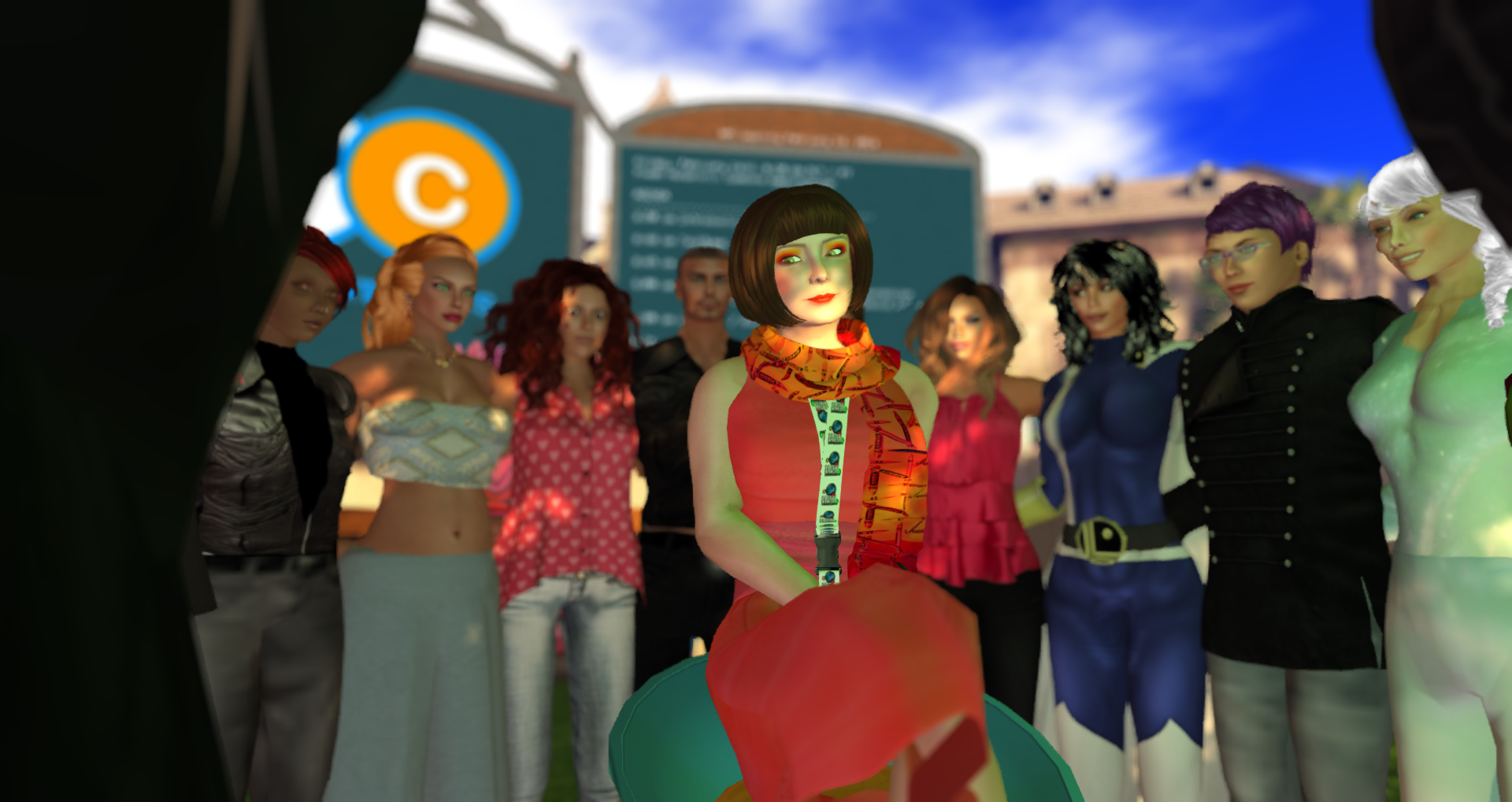Imagine you were a kid again learning about ancient civilizations, way back when. A montage of ancient Greece, Rome, Egypt, and the Asias flashes before you. Now imagine how cool it would have been if your teacher projected a virtual replication of those ancient civilizations based on archaeological evidence, into a virtual space called ScienceSim. I know I’d be stoked.
Fast-forward to now, where this can actually happen thanks to the innovation of people like Marion Smeltzer and virtual spaces like Archeology Island. Kids these days are so lucky!
According to the Department of Anthropology at the Indiana University of Pennsylvania, Archaeology Island is a virtual learning environment that can be used specifically for “visualization, training, and scientific discovery.” It consists of various “virtualizations of archaeological sites investigated by faculty members in the IUP Anthropology, History, and Sociology departments. Sites featured on the island include the recreation of a Monongahela Village investigated in Western Pennsylvania, a Roman site in Cyprus, an underwater shipwreck, and a Maya site in Belize. Also reconstructed is an antebellum community of former slaves at Laurel Hill/Brown farm, established in 1790 and occupied until the 1960s. Because of its inaccessibility, the area has been virtually reconstructed to show the landscape, buildings, and stones marking the graves of Civil War colored troops.”
All of that is made possible on ScienceSim, where developers have made it easy for “newbies” to get their hands dirty and involved in building with visualization tools. Places like Archaeology Island allow students not only the thrill of archaeological discovery, but would allow for “experimentation and design in virtual worlds” and would inform how excavation and preservation work to recreate moments in history.
Written by: alebez

